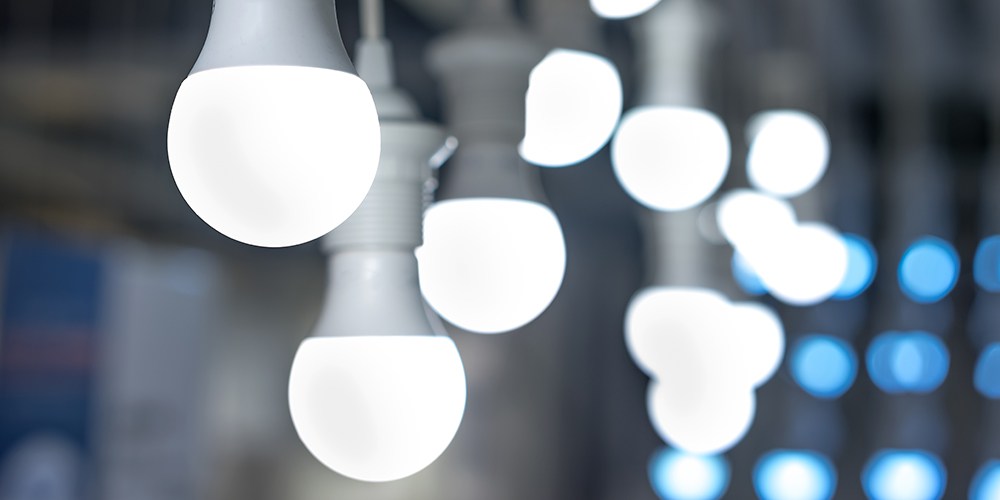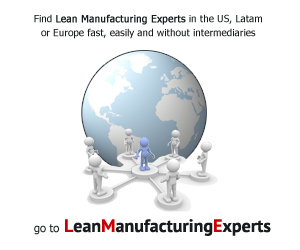Lean business is green business
Energy efficiency is good for profitability and the planet. What’s more, simple improvements in resource management can produce big benefits
Of all the commercial factors that might motivate a firm to play its part in the fight against climate change, the chance to improve its efficiency offers the most potential for quick returns. Organisations that have reduced their energy consumption in an effort to cut their carbon emissions have racked up massive cost savings. Last year alone, 190 of the Fortune 500 saved a combined total of $3.7bn purely by increasing their energy efficiency, according to research published by Calvert Investments, the World Wide Fund for Nature, the Coalition for Environmentally Responsible Economies and the Carbon Disclosure Project (CDP).
Advances in architectural engineering have played a key role in many of these savings. PwC, for instance, has invested in two offices in London that have been recognised as being among the UK’s most innovative in environmental terms. Both sites burn biodiesel made using recycled cooking oil from restaurants within the M25 to provide power, heating and cooling. This has cut carbon emissions by 51 per cent at one of the buildings. Such developments, along with reductions in both waste production and water and paper consumption, have saved the firm £25m since 2007.
But you don’t need to invest in state-of-the-art tech to make a significant difference, according to Mike Barry, director of sustainable business at Marks and Spencer. “It’s not always about the rocket-science stuff. In many of our stores it’s been about putting low-energy LED lighting in place or improving refrigeration management,” he says. “Another important step has been to install meters that provide real-time readings. This enables us to monitor any spikes in usage and investigate what has caused them immediately, rather than three months later. These are not radical ideas.”
They are clearly working: since publishing its original “Plan A” sustainability strategy in 2007, the retailer has saved more than £750m in costs.
Insurance giant Aviva published its first environmental report as long ago as 1998, having recognised climate change as a “material risk” to the business. In 2016 it celebrated 10 years as a carbon-neutral organisation. To better understand its impact on the environment, benchmark its performance and manage risk, the company participates in initiatives such as the CDP and ClimateWise. It is also strengthening its engagement with customers and other stakeholders by keeping them informed about investment issues concerning climate change.
Although it has been mandatory since 2013 for all quoted companies in the UK to measure and report their greenhouse gas emissions, the Carbon Trust believes that every business would benefit from adopting the practice. Carbon reporting, it argues, will help your organisation to understand its emissions and so identify opportunities to cut costs, manage long-term risks and improve its reputation.
Barry agrees that there are clear potential benefits for firms that publicly commit to becoming more sustainable and then report regularly on their progress. But he stresses that this is “not enough on
its own. You also have to demonstrate the business case, making the link between taking action on carbon and achieving better outcomes for your bottom line, resilience and reputation.”
Case study: cutting the cost to the climate
Reducing business costs can be a bi-product of cutting the cost of your business to the environment
Retailer M&S has improved energy efficiency in its stores by 40 per cent per square foot over the past decade.
Converted into cash that equates to a saving of £22million a year on its electricity bill, says Mike Barry, the retailer’s director of sustainable business.
“Having that level of saving to invest back into other aspects of running and growing the business is very valuable,” he explains.“So there is an immediate hard business case behind becoming more sustainable and taking action on carbon reduction.
“There is a cost incentive, it enhances reputation because there is customer demand for it and it builds resilience when climate change is causing more extreme weather events. ”
At M&S, whose green agenda is branded Plan A, the business case for being energy efficient to reduce its carbon emissions is replicated across its logistics.
“We are now 35 per cent more efficient in the way we transport our goods in lorries around Britain (by improved route planning and how we load our lorries). That has translated into a £6 million saving in fuel every year, which again that goes straight to our bottom line,” Barry says.
The chain’s sustainability values extend beyond its own operations to its suppliers too, to minimise the environmental impact of the products it sells.
Barry explains that suppliers have to commit to supporting the goals of Plan A and are scored against defined standards around, for example, eliminating waste or energy reduction.
Combined with other scores on ethical trade and lean manufacturing, they are then categorised as “provisional’, “bronze”, “silver”, or “gold” with the aim of supporting them to progress up the ladder.
This is not about coercion into meeting our standards for standards’ sake, explains Barry, there is clear commercial rationale for suppliers to tackle sustainability for themselves.
“They are cutting energy costs, saving waste costs, becoming leaner more sustainable operations and improving the productivity of their workforce.
“As they re-invest those savings into delivering a better product for us it’s a virtuous circle because we may then commit to buying more product.”
Barry says the key message to suppliers and organisations is to start preparing now to become more sustainable, by building your literacy and capability.“If organisations wait to take action on climate change they risk being hammered by high tax, spikes in energy costs or being penalised by the customer and they will be on the back foot.
“A little bit of investment of time and effort now will be very valuable for the future”.
Case study: sustainable income streams
Changing the way your business works can help support environmental and business sustainability goals
A low carbon strategy doesn’t just bring in efficiencies for businesses – it can also provide an additional revenue stream.
This has certainly been the case for home improvement company Kingfisher, which has successfully turned addressing climate change into a commercial opportunity.
“Sustainability is at the heart of our business strategy and we have set clear targets for ourselves on carbon reduction across our operations,” says Caroline Laurie, head of sustainability.“For example, we are fitting the roofs of our stores, distribution centres and offices with solar PV panels and switching to LED lights, reducing our carbon footprint while driving business efficiencies and reducing energy bills.
“Lighting accounts for over half the electricity used in our stores, so we have made significant energy savings by installing LED lighting across 41 per cent of our estate.
“In total, LED has reduced our energy consumption by 30.2 million kWh per year, saving more than £1.8 million per year.”
Laurie explains that sustainability has provided an effective way of connecting with and supporting its customers – though listening carefully to customer demand has been key.
The company, which is home to brands including B&Q and Screwfix, has tapped into customer feedback that shows they want help to save money by saving on energy and making smarter use of resources through repair, re-use or recycling. They also want support in being able to create “a healthier home”.
Further extensive customer research also revealed that making sustainable choices can feel too complicated or time consuming for them, particularly when grappling with an already complex home improvement project.
“Customers expect us to make it easy for them and, ideally, they’d like to be able to buy sustainably without having to think about it,” explains Laurie. “So this is our ambition.”
In pursuit of that, Kingfisher has switched to selling 100 per cent LED lighting.“This makes financial sense for us and for our customers,” says Laurie.
“Sales of LED light bulbs generated sales of £92 million last year, while our sales of energy saving products since 2011/12, such as insulation or thermally efficient windows, have saved our customers an estimated £840 million every year in energy bills.”
In addition, 28 per cent of Kingfisher’s sales currently come from products that help make its customers’ homes more sustainable – generating £3.1billion for the business.

 News, training, experts opinion, bibliography, software and everything about Lean world.
News, training, experts opinion, bibliography, software and everything about Lean world.

